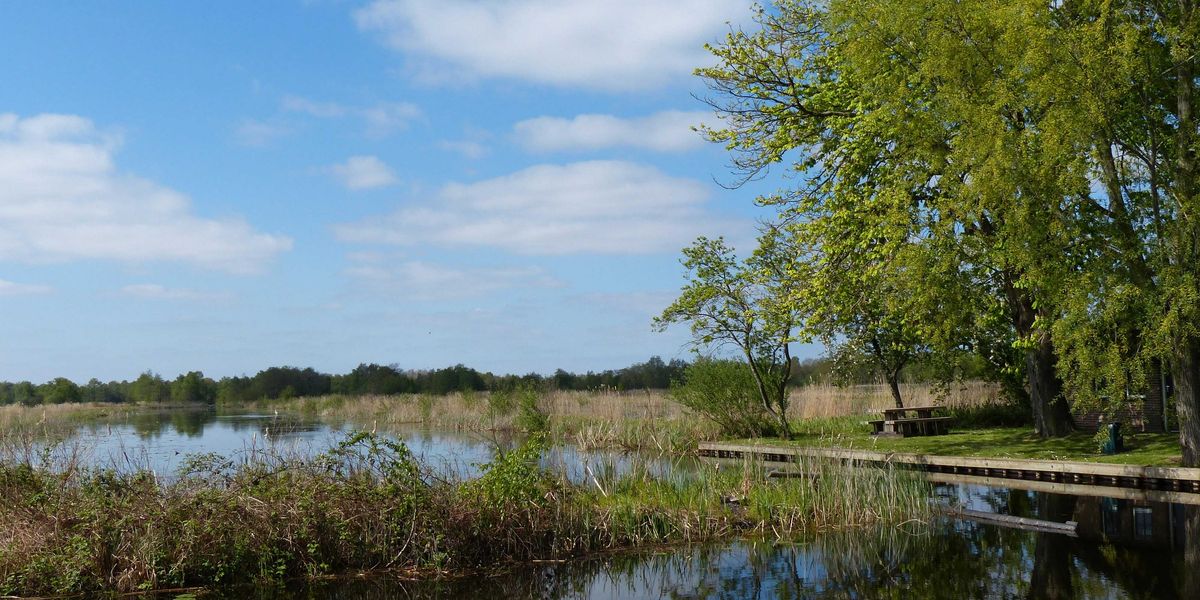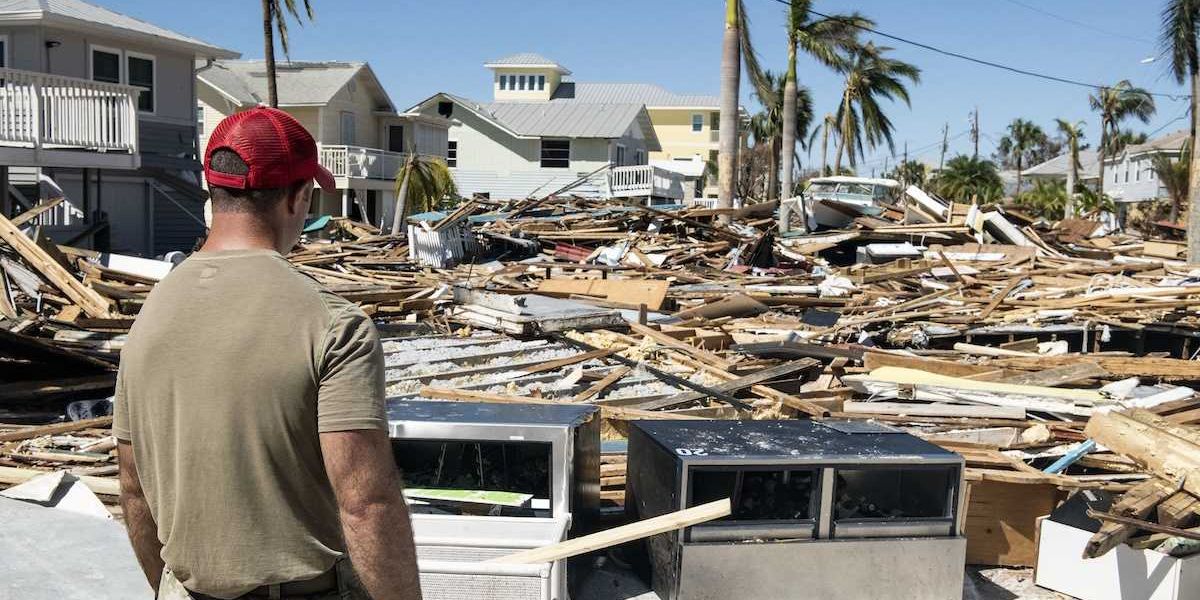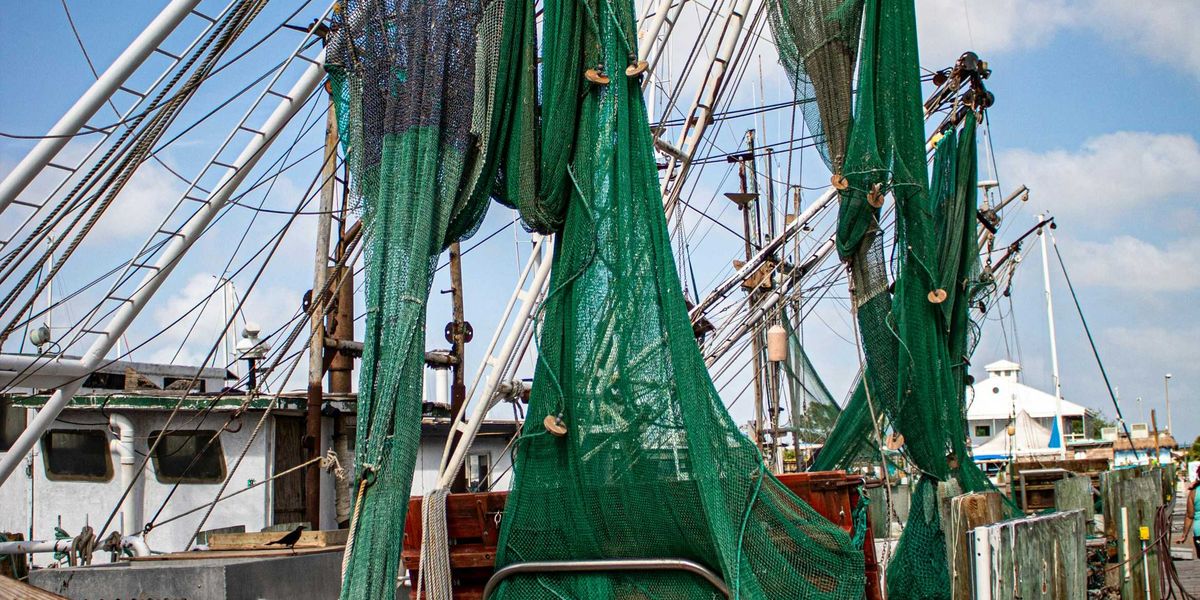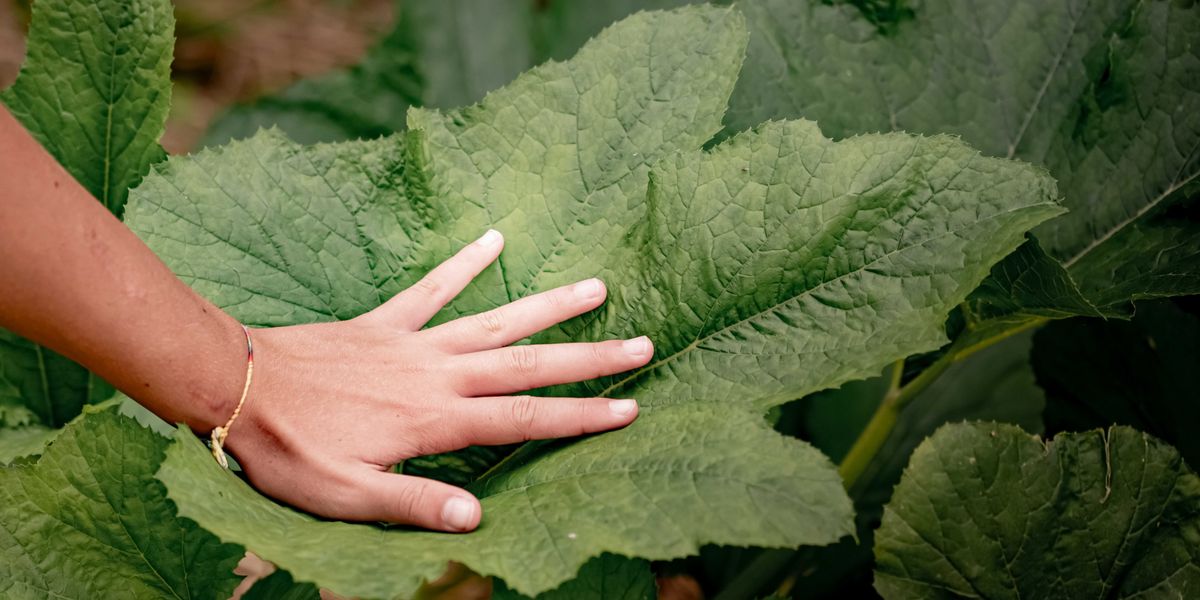12 June 2024
Lake Titicaca dries up, threatening Indigenous communities
Persistent drought has brought Lake Titicaca to historic lows, endangering the livelihoods and cultures of the Indigenous Uros people who live on its floating islands.
Tim Brinkhof reports for The Revelator.
In short:
- The ongoing drought, exacerbated by El Niño, has significantly reduced water levels in Lake Titicaca, threatening the Uros' traditional way of life.
- Essential resources, like the totora reeds used to build their floating islands, are becoming scarce, impacting the Uros' ability to maintain their homes and crafts.
- The drought is also devastating local agriculture and fisheries, further isolating the Uros and other communities from their primary food sources and income.
Key quote:
"The reeds that we use to build our islands aren’t growing. The lake is drying up and we can’t move."
— Nelson Coila Lujando, member of the Uros community
Why this matters:
This crisis underscores the immediate human impacts of climate change, particularly on vulnerable Indigenous communities whose cultures and livelihoods are directly tied to the environment. Read more: Colonialism, the climate crisis and the need to center Indigenous voices.












